Organizations are always looking for ways to improve. It’s how they stay relevant and, more importantly, profitable. But you don’t get better just by desiring it. It takes strategy, and then a model to implement that strategy.
No surprise, there are models to accomplish this called strategic planning models. They’re great for businesses, big and small, and assist in project planning and implementing organizational goals in a thorough and structured manner. Once you have decided on an objective, then you must plan a model that will execute it successfully.
There are quite a few strategic planning models, and they can be very different from one another. Often the type of organization will dictate which strategic planning model is used. After a brief explanation, we’ll dig into five of the more popular ones. You’re sure to find a strategic planning model among them that works for you.
What Is a Strategic Planning Model?
It’s easy to define what a strategic planning model is because the definition is embedded in its name! A strategic planning model is how an organization takes its strategy and creates a plan to implement it to improve operations and better meet its goals.
How they get to this point requires identifying what the company wants, and how it hopes to achieve those goals in the near term. Once they have that target clearly defined, then it’s a matter of working backward to figure out how to get there.
This, of course, is easy to say and extremely difficult to do. Sometimes the complexity involved in trying to put together a plan to strategically meet your goals can feel like it needs a strategic planning model all its own! That’s why there are classic models already in place to help you accomplish your goals.
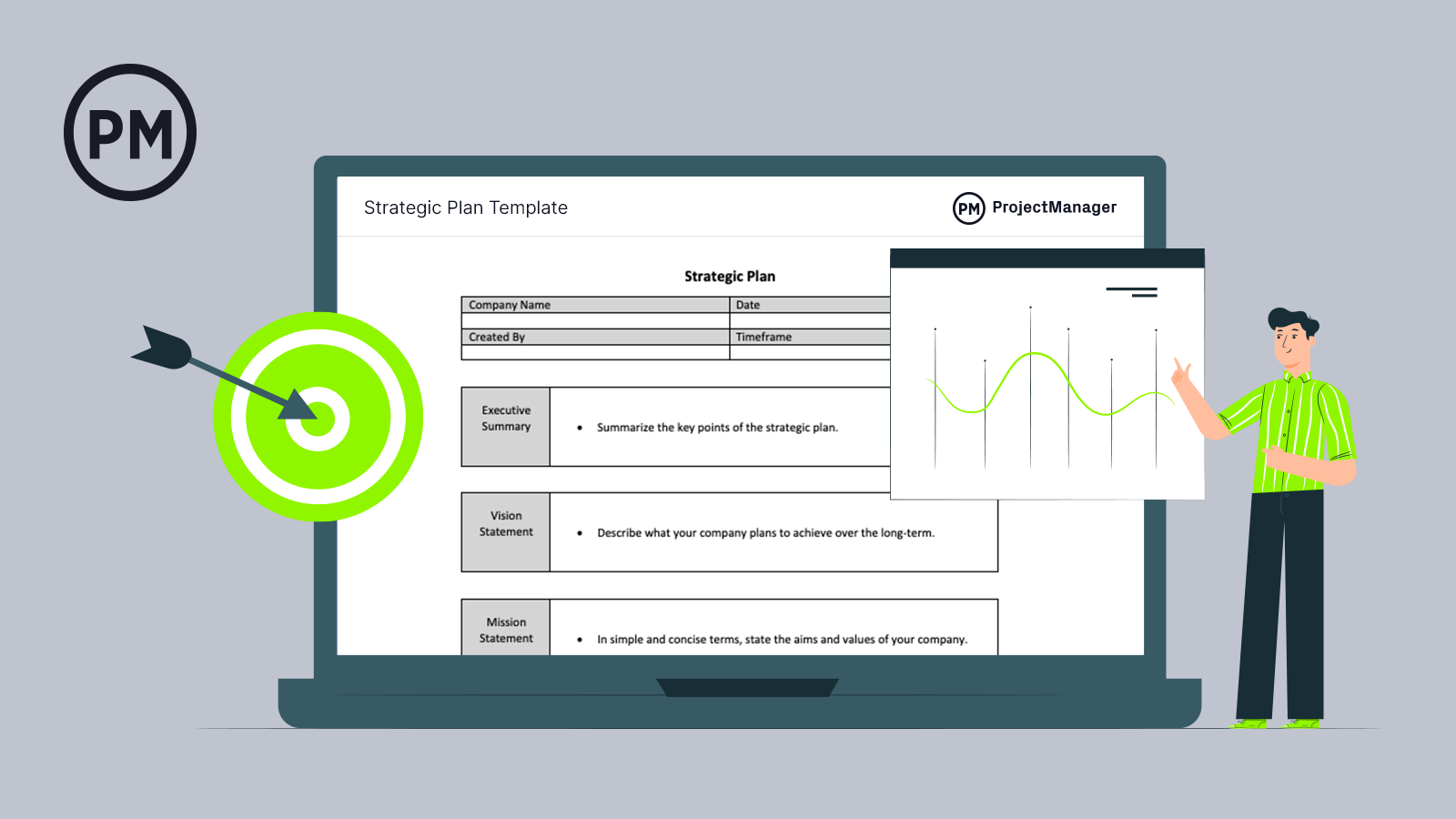
Get your free
Strategic Plan Template
Use this free Strategic Plan Template for Word to manage your projects better.
Do You Need a Strategic Planning Model?
If all this sounds like a fancy way of saying you need a plan to achieve your goals, well, you’re right. But that doesn’t dismiss its usefulness in achieving those objectives. No matter if you’re a startup or an established, market-dominant brand, if you don’t have a plan to reach your goals, you’re bound to fail. That could be losing market share or shuttering, neither of which is a path forward for a viable enterprise.
The benefits of having a strategic planning model are manyfold. For one, it provides a clear path that the organization uses for operational planning which determines what work will be done by everyone on the staff. Having all departments work together for a common goal is powerful. The opposite is disastrous. You can’t hit your target, whether it’s a year or five or 10 years in the future if everyone doesn’t know what it is and how you plan to get there.
Think of it as being focused. There are a lot of distractions that occur every day in every business. Knowing what your topline is helps you prioritize and keep your energies directed on the overall strategy for the company and the right strategic initiatives.
Another positive of having a strategic planning model is that it improves your knowledge of what works best in the organization. You know your strengths and weaknesses, as well as get a clear picture of where you are in the marketplace. It even helps you get a clear idea of who your competition is and how you can differentiate yourself from them.
Best Practices for Strategic Planning Models & Frameworks
We’ll get to the examples in a moment, but regardless of which you choose as most appropriate for your needs, there are best practices to make sure you succeed. When doing the research, assemble a group that is diverse but also appropriate for the goal. Diversity brings more ideas to the table. You’ll want between six and 10 people.
Once you start, give it time. The team needs to come up with creative solutions, and then season them, to make sure they’re the right course of action. You might want to remove the team from the work site. A change of environment, without the distractions of the office, can help them settle into a more contemplative state where they can come up with better ideas.
Of course, you need to get buy-in from the team or else your hard work will be for naught. Once you have them fully on board, build trust. You want everyone to participate, and to do so in a free and open discussion. That means from the boss on down. It might help to hire an outside facilitator to manage the process.
When you have a plan, it must be realistic. If you can’t execute it, then you’ve not done your job. Therefore, it must be actionable, with clearly defined goals, tasks, responsibilities outlined, accountability, deadlines—and all this must be clear to everyone involved. But that doesn’t mean you can’t be flexible. Plans change, so it’s best to not be rigid about it.
Finally, don’t think of creating a strategic planning model for your business as a one-and-done process. Not only must your plan be open to editing as internal and external forces demand, but these meetings should be regularly scheduled. Think of it as a process. Meet monthly if you can, or at least quarterly. You can discuss how the plan is being executed and hold people accountable for what they’ve been tasked to execute. This is how you ensure your plan becomes a reality.
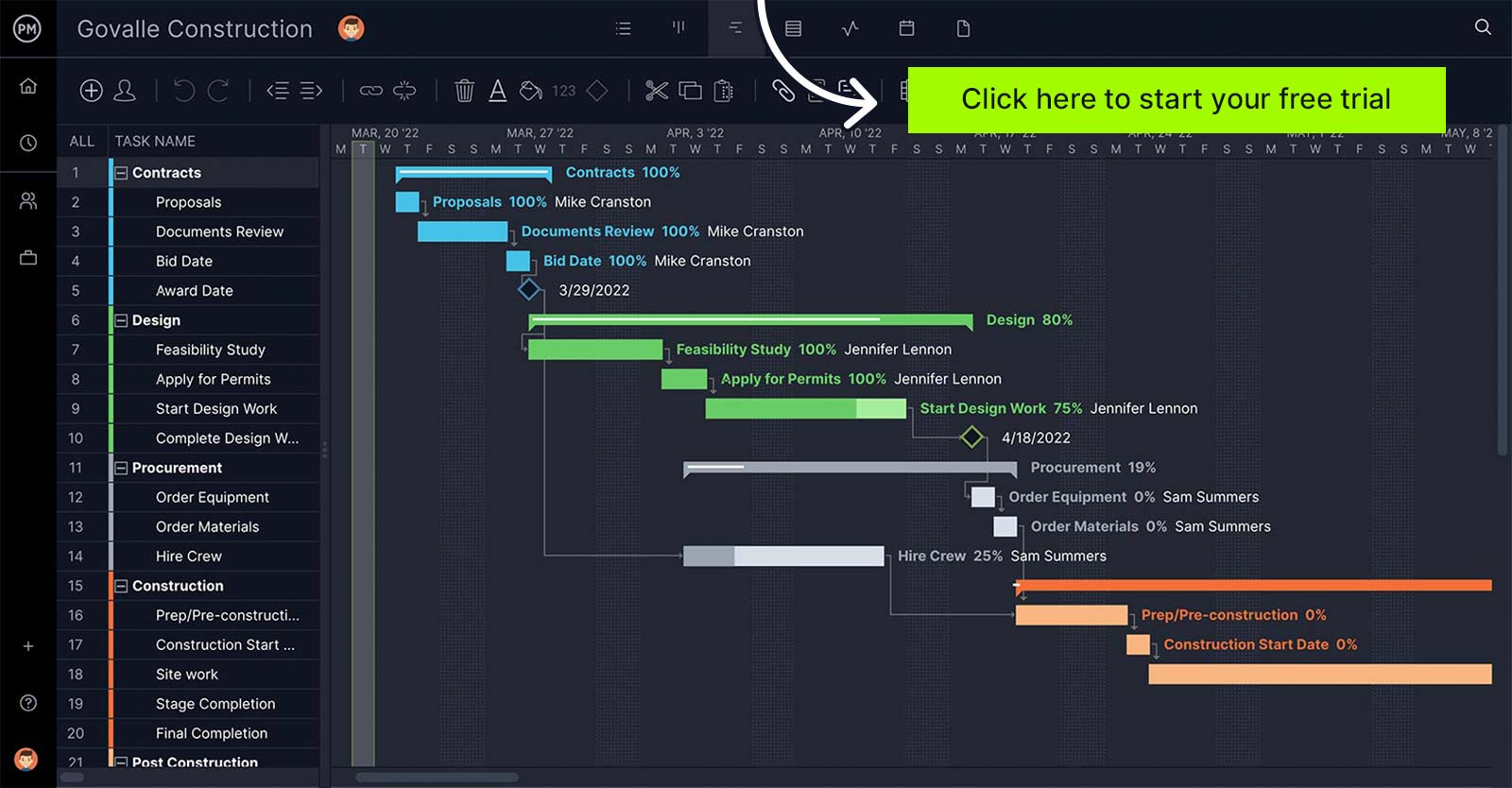
Strategic Planning Models
As we said, there are many models that we encourage you to explore. You never know what you might find. For our purposes, let’s narrow the scope down to five with proven results.
Alignment Model
This strategic alignment model (SAM) is among the most used. It’s made up of two parts—strategic fit and functional integration. What that means is that the model aligns business and IT strategies. To do this requires identifying the key goals of an organization and then what the steps are to reach those goals. The plan must maximize the process to best achieve those goals.
There are four perspectives to guide you in this model:
- Strategy execution is when the business strategy is driving the model.
- Technology potential, which also sees the business strategy as the driver, but with an IT strategy to support it.
- Competitive potential deals with using emerging IT capabilities to create new products and services.
- Lastly, there’s the service level, which focuses on creating the best IT system in the organization.
Here, business strategy is important, but only the launching pad.
Balanced Scorecard
The balanced scorecard (BSC) is made up of clear communications on what is being accomplished. It aligns the work with the overall strategy and prioritizes, measures and monitors progress. The idea is that the model balances strategy with financial measurements. One of the reasons to use BSC is that it helps you see the connections between various parts of your strategic management and planning.
Using BSC means exploring four different aspects of your organization.
- One is the financial performance of the company and what financial resources have been most effective.
- You also want to gauge the performance of your stakeholders or customers and how you serve them.
- Internal processes should be judged on their efficiency, too, but also on quality.
- Then there’s the organizational capacity, which looks at your personnel, infrastructure, tech, culture and whatever else can be used to meet your goals.
We’ve created a free balanced scorecard template for Excel to help you get started with this tool.
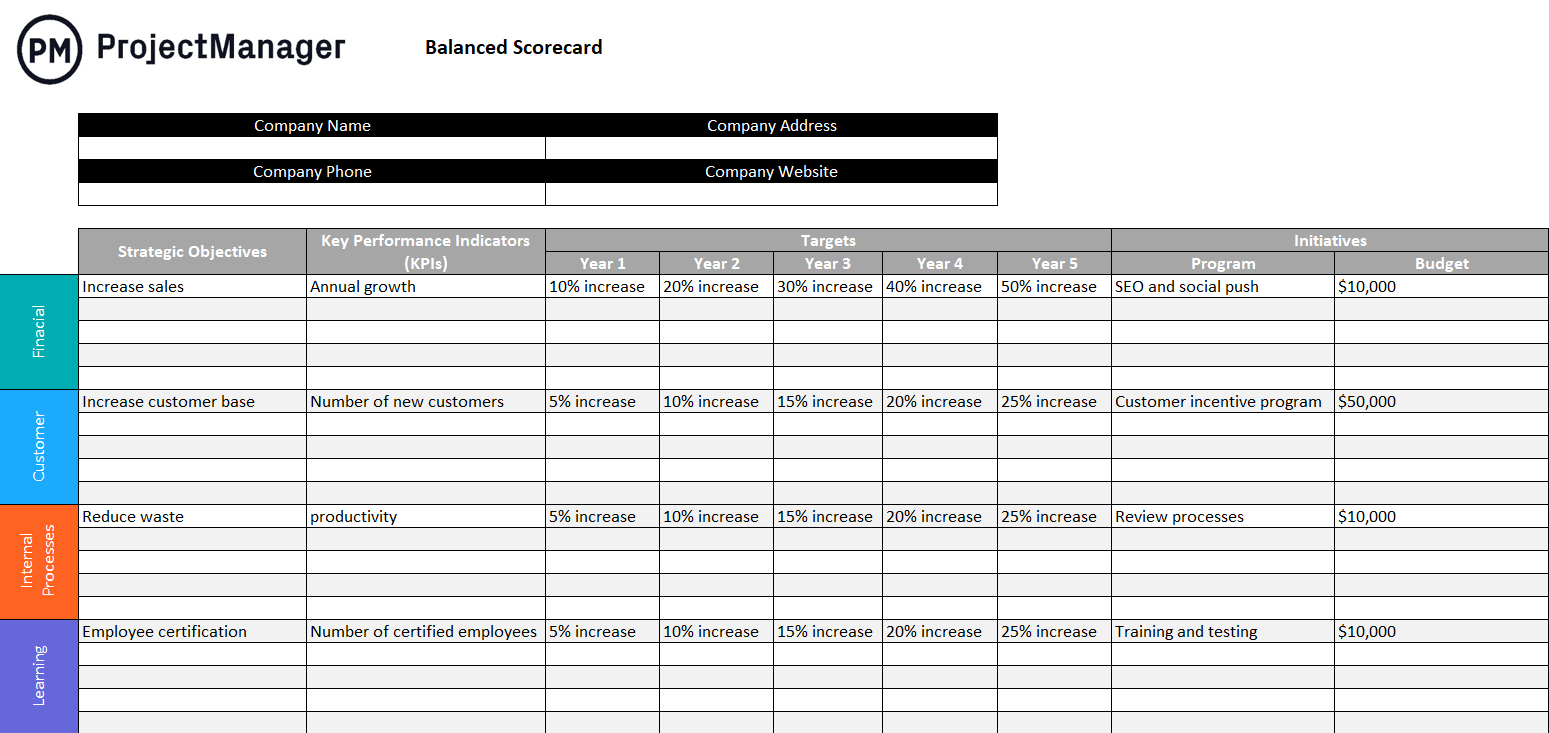
Basic Model
Also called the simple model, this is often used by newer organizations that don’t have a history of strategic planning to help guide them in making decisions. But it’s also a fine model for any organization that doesn’t have the time or resources to spend on deep and extensive strategic planning.
First, you establish the mission statement for your organization, if you don’t already have one. That is a summary of your goals that are created to inspire and transform the organization. Next, you want to figure out what goals must be achieved to fulfill the mission statement. From that, break down the tasks that will reach those goals. Schedule, monitor and report on your progress.
Blue Ocean Strategy
The blue ocean strategy is designed to take your product to a market where there is no or little competition. Therefore, the research is heavily tilted towards finding a niche that can be exploited for profit, such as where few businesses are offering a product people have expressed an interest in, and there is little to no pricing pressure.
Unlike red ocean strategy, which describes a market that is saturated and products are threatened by pricing pressure that could threaten the business, blue ocean strategy looks for markets where there’s room to grow. You’re looking to capture new demand, where your product is either unique or so much better as to make competition irrelevant.
Issue (Or Goal) Based
The issue-based model (also called goal-based) is the next step up from the basic strategic planning model. It builds on the basic model and is intended for businesses that are more established. Thus, it’s more in-depth and possibly the most popular of all the models we’ve highlighted.
To begin, use a SWOT analysis, which is an acronym standing for strengths, weaknesses, opportunities and threats. It helps you identify and analyze internal and external factors that impact your business, product or service. Next comes the mission statement, then planning, creating a budget and a schedule to implement it. After a year, you’ll want to monitor the results and report on its progress, making adjustments as needed.
PEST Analysis
A PEST analysis consists of identifying any political, economic, social and technological factors that can affect a business. It’s especially useful for larger organizations, such as multinational companies whose strategic project management initiatives are the most affected by these types of issues.
It’s important to conduct a PEST analysis before or as you create a strategic plan, so you don’t fail to acknowledge any significant political, economic, social or technological risk that could affect your organization and its ability to achieve its goals.

Hoshin Kanri
This is a strategic planning model that ensures that all levels within an organization understand what the organization’s strategic objectives are. Then those strategic objectives are broken down into specific goals and action plans for employees at all levels of the organization, from executives to production floor employees.
Another important aspect of this strategic planning model is that it involves constant performance tracking and communication between employees and their supervisor which helps track the completion of strategic goals and evaluate their feasibility. This strategic planning model is mostly used by manufacturers who implement lean manufacturing best practices, but it can be used by any type of business.
Porter’s Five Forces Model
This is a fundamental strategic planning model that should be used by any business. It allows business owners, executives and other decision-makers to understand the competitive forces that shape an industry and what they mean for a business.
This model analyzes the rivalry among existing companies, the threat of substitute products, the threat of new competitors, the bargaining power of suppliers and the bargaining power of buyers. Together, these five variables create the business environment to which your organization’s strategy should adapt.
Strategic Planning Tools
Now, here’s a quick overview of some tools that can help you as you go through the process of planning your organizational strategy.
1. Strategic Plan
A strategic plan is a document that describes the strategic direction of an organization by outlining its vision, mission and long-term strategic objectives. It’s a fundamental tool when defining the strategy of your organization for the next three to five years.
The main purpose of a strategic plan is to provide high-level goals for the organization as a whole, known as strategic objectives, which will guide the efforts of the various departments within the organization.
This free strategic plan template for Word helps you capture some of the most important elements of your strategic plan such as your business goals, mission and vision statements, a SWOT analysis, and the operational actions that will be taken to achieve your objectives.
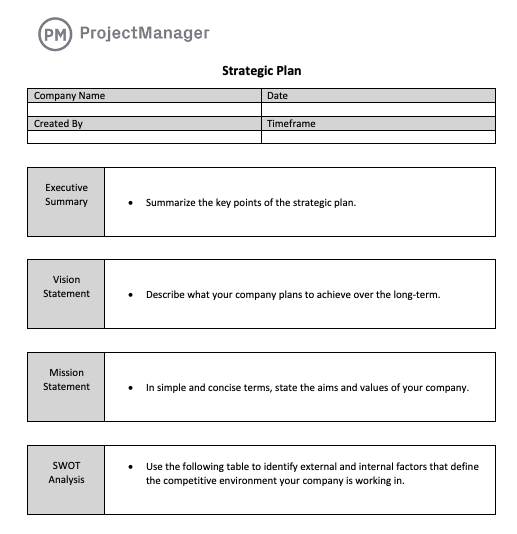
2. Strategy Map
A strategy map is a tool that can help you visualize the strategic objectives of your organization and the relationship between them and group them into the four balanced scorecard perspectives: financial, customer, internal business processes and learning and growth.
These four categories help you establish the relationship between strategic objectives. For example, a strategic objective that’s related to improving your internal business processes will have a positive impact on the customer and financial areas.
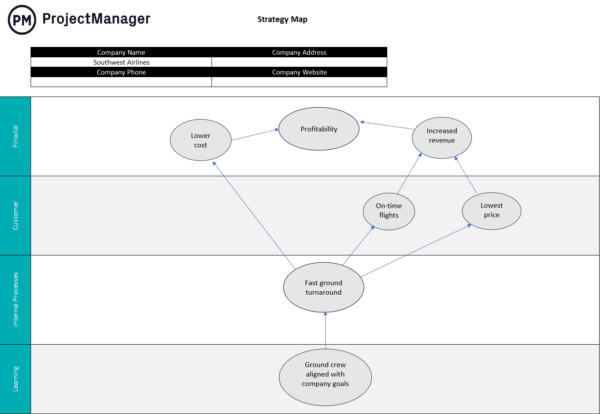
3. Strategic Roadmap
A strategic roadmap is a tool that can help you turn your strategic objectives into action plans. To create a strategic roadmap, you’ll need to think about all the different tasks that your team will need to execute to reach its strategic objectives.
Next, you’ll need to estimate the duration of each of those tasks and based on that information, create a timeline. Strategic roadmaps are usually created with Gantt charts, which allow you to create a visual timeline that shows all the different actions your organization will take to achieve its strategic objectives.
4. SWOT Matrix
A SWOT matrix is a simple yet effective strategic planning chart with four quadrants that allow you to identify the strengths, weaknesses, opportunities and threats of your organization. These four categories describe the internal and external factors that may affect your business’s ability to compete in the market either positively or negatively. Here’s what they mean.
Strengths refer to the internal capabilities of your business which might give it an advantage over its competitors, such as, for example, lower production costs or intellectual property. Weaknesses on the other hand describe the areas of improvement for your business, which can be anything like having higher operational costs than your competitors or lack of brand awareness.
Opportunities refer to the positive external factors such as an underserved market niche or reduced costs of supplies and finally, threats are negative external conditions such as new technologies or new competitors that might replace your product. You must consider these factors before making the strategic plan of your organization so you don’t steer your business in the wrong direction. Our SWOT analysis template helps you document the strengths, weaknesses, opportunities and threats of your business or project.
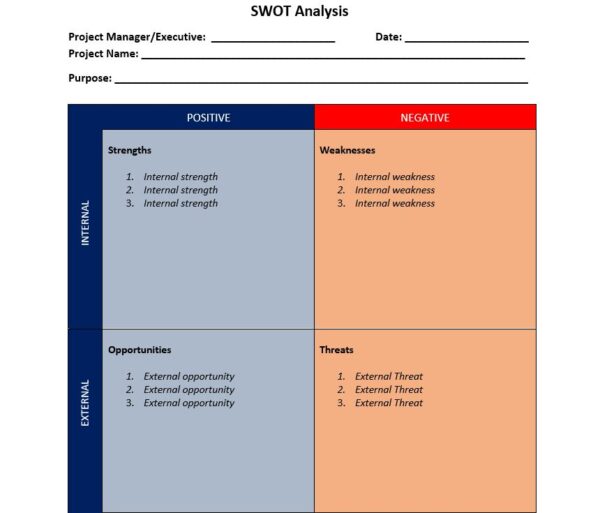
5. VRIO Framework
VRIO stands for value, rarity, imitability and organization, which are the four lenses the VRIO framework uses to determine whether your organization has a competitive organizational strategy. It can help you audit the competitiveness of your business and find weaknesses in your operational strategy.
By analyzing your organization from these four perspectives, you’ll be able to determine whether your business provides value to customers in a way that’s rare and costly to imitate for your competitors. If so, you have a competitive business strategy that can be sustained over time.
6. Ansoff Matrix
An Ansoff matrix or product-market expansion grid is a strategic planning tool that can help you gauge the risk-reward ratio of growth strategies that involve new products and new markets. It’s got four quadrants that show four different strategies: market penetration, product development, market development and diversification.
It’s a great tool to help you decide which of these strategies is the best for your business. You can create a separate Ansoff matrix for different business units or product lines.
7. GE Matrix
A GE matrix or McKinsey matrix is a tool that helps executives and other decision-makers prioritize which business units within an organization should be invested further and which should be divested based on the industry attractiveness and strength of each business unit. It can also be used for prioritizing what projects are approved and executed by an organization, which is a decision that’s made by executives and the board of directors, as advised by project managers and project management offices (PMOs), who are responsible for their success and ensuring they bring the benefits that are expected.
In simple terms, a GE matrix contrasts the potential benefits of an industry with the current positioning of a business unit to determine whether it will be profitable to invest in it. To do so, you’ll need to analyze variables such as the market size, growth rate, competition level and industry trends. It’s ideal for aligning your projects and business strategy.
How ProjectManager Executes Strategic Planning Models
Now that you know about strategic planning models, and have chosen one to reach your organization’s objective, you have a lot of work ahead of you. ProjectManager is an award-winning tool that organizes strategic plans, so you can execute, monitor and report on their progress.
Start Planning In-Depth With Gantt Charts
You have decided on your target, now you need to know how you get there. That’s as simple as breaking down the goal into realistic tasks, or steps, that end at your objective. You can use a work breakdown structure or collect them on a spreadsheet. Now the fun starts. Upload your tasks into our software, and you get to the planning part of your strategic planning model.
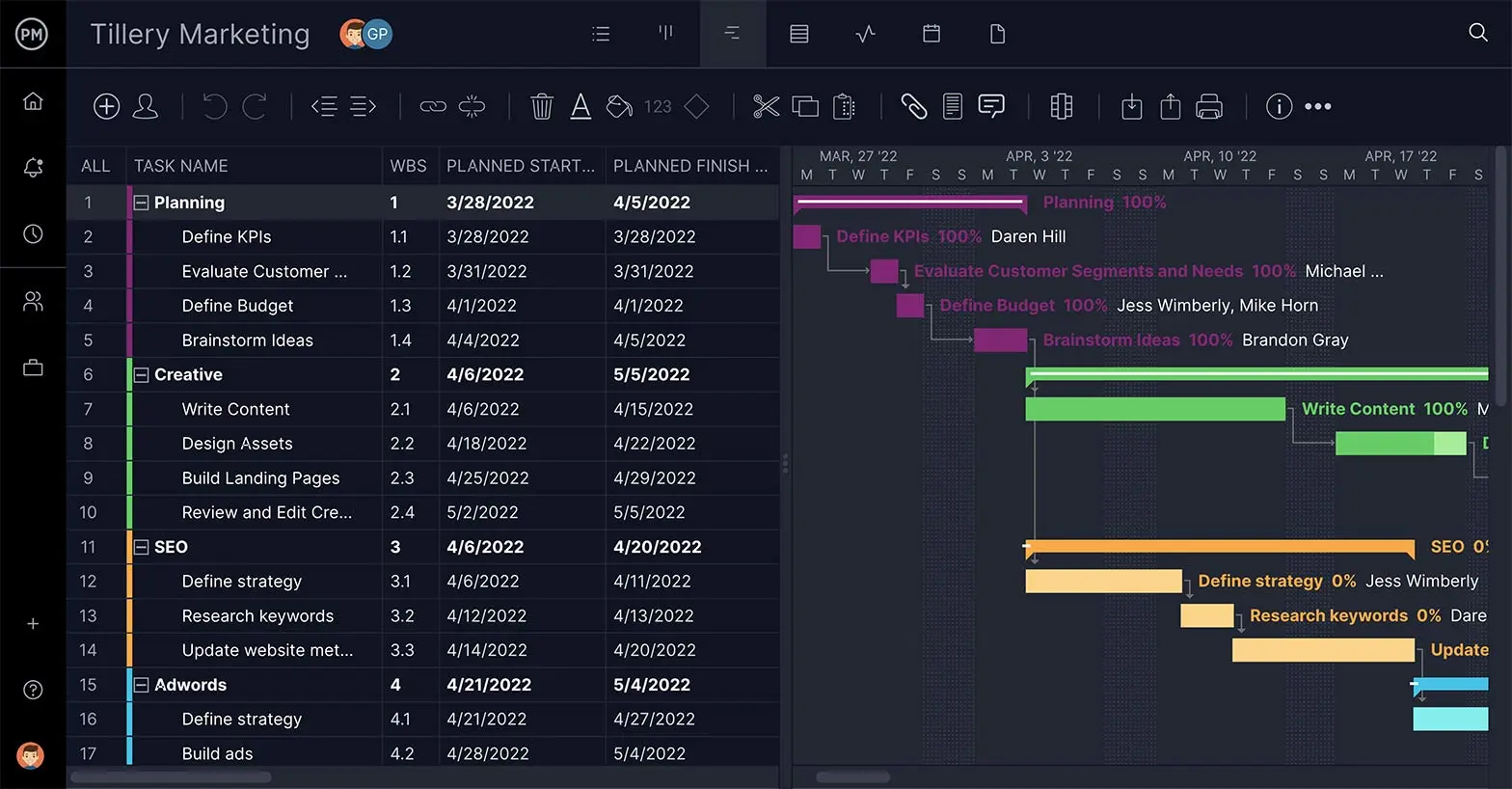
Add duration to your tasks, and they instantly populate the Gantt chart tool timeline. Now, you can see your whole project from start to finish. Add priorities, so your team knows what’s important, and break up the project into phases with our milestone feature. There’s a space on each task to write descriptions that guide your team, and they can collaborate by commenting with one another at the task level to facilitate productivity.
Multiple Views to Tackle Your Projects
There are many ways to work, and we have many tools to get that work done. Besides the Gantt, you can use a task list, calendar or kanban board to manage your work. The board view is especially helpful, as it breaks production into phases and provides transparency into the process, so you can keep traffic flowing and avoid costly bottlenecks.
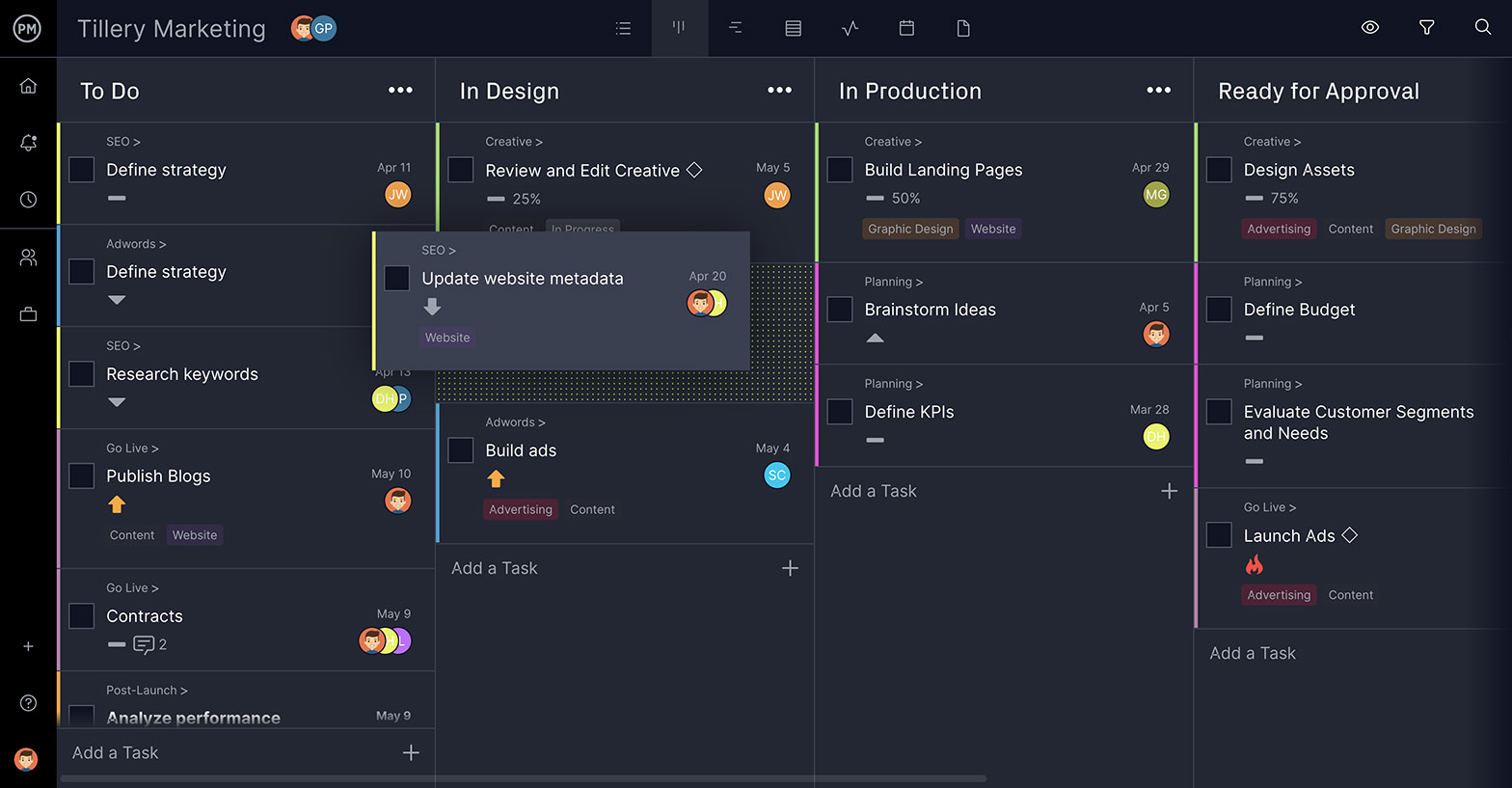
Monitor Your Progress With Real-Time Dashboards
Part of any strategic planning model isn’t just the planning and execution, but monitoring progress to make sure you’re hitting your targets. We have a real-time dashboard that tracks several project metrics, including project variance, which automatically calculates your planned vs. actual progress.
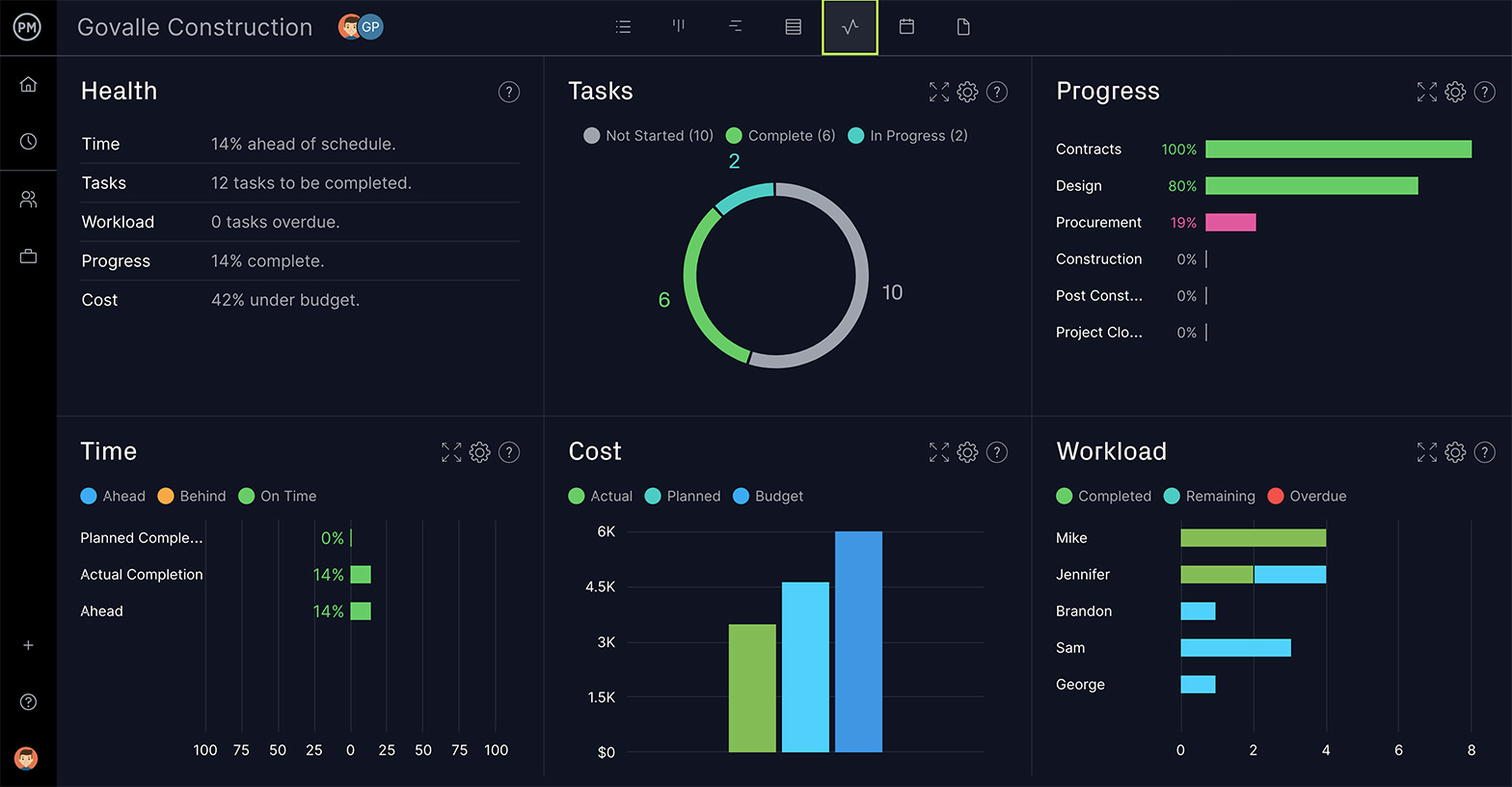
To keep management updated, we have one-click reporting, which can be easily filtered and shared, so stakeholders get only the information they’re looking for.
Related Strategic Planning Content
We’ve created dozens of blogs, templates and guides on project management, operational management and strategic planning. Here’s some content that relates to the strategic planning models and tools we explored above.
- How to Create a Strategic Roadmap for Your Organization
- Operational Strategy: A Quick Guide
- Strategic Project Management: Planning Strategic Projects
- A Quick Guide to Strategic Initiatives
ProjectManager is online software made to help teams and projects get better organized. We help you deliver on your strategic plan with tools to help you through every phase of the project. See why tens of thousands of teams are already using our software and take our free 30-day trial today.

